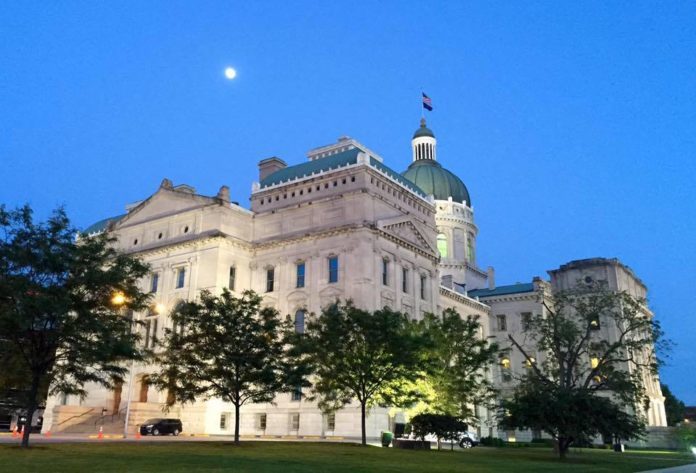INDIANAPOLIS (Network Indiana) — The Indiana House and Senate are about to redraw the maps of who represents you in Congress and the General Assembly. Critics of that process are hoping to influence how they go about it.
It’s the second time Common Cause and the League of Women Voters have set up their own redistricting commission to hold town halls to ask Hoosiers what the top considerations should be for redrawing the maps. This time, two dozen other groups have joined them in a coalition calling itself All IN for Democracy. The group hopes to rev up public pressure on legislators to follow the priorities those meetings produce.
Common Cause Indiana policy director Julia Vaughn says the group had some success in the last redistricting 10 years ago, when the House disregarded where incumbents lived to dump several pairs of representatives into the same district, forcing them to either run against each other or retire.
Common Cause has argued for years for Indiana to join 18 other states which use nonpartisan commissions to draw their maps, instead of legislators drawing their own. Four more states use commissions for state legislative maps, while legislators draw congressional districts. This year, the coalition plans to post the population data used for the process online and invite Hoosiers to draw their own maps, with a cash prize for the map which best fits the town hall-determined priorities.
Federal law requires districts to come as close as possible to having the same number of people, and prohibits diluting minority votes across multiple districts or packing them into just a few. The town halls will ask Hoosiers what priority to place on neatly shaped districts, keeping cities or counties undivided, and making districts more competitive.
Several coalition members accuse the Republican majorities in the House and Senate of gerrymandering the current map in their favor. Republicans will control the process again this time, with not just majorities but supermajorities.
All but six of Indiana’s 92 counties voted for Joe Biden or Donald Trump by more than a 10-point margin — all but 17 delivered margins of more than 20 points. Vaughn says if the priority is to make districts more competitive, it might mean sacrificing the goal of keeping communities together in favor of more “meandering” district lines. But League of Women Voters co-president Linda Hanson says part of the issue is how “communities” are defined. She says the current maps split up Anderson and her hometown of Muncie, while the previous maps combined them, giving Democrats an edge.
Republicans won 60 House seats in the final year of the last set of maps, drawn by Democrats in 2001. On the current maps, they’ve won between 67 and 71 House seats, while expanding their Senate supermajority from 37 seats to 41 before falling to the current 39. Republicans also hold seven of Indiana’s nine U-S House seats, one more than they held in the final year of the previous maps.





